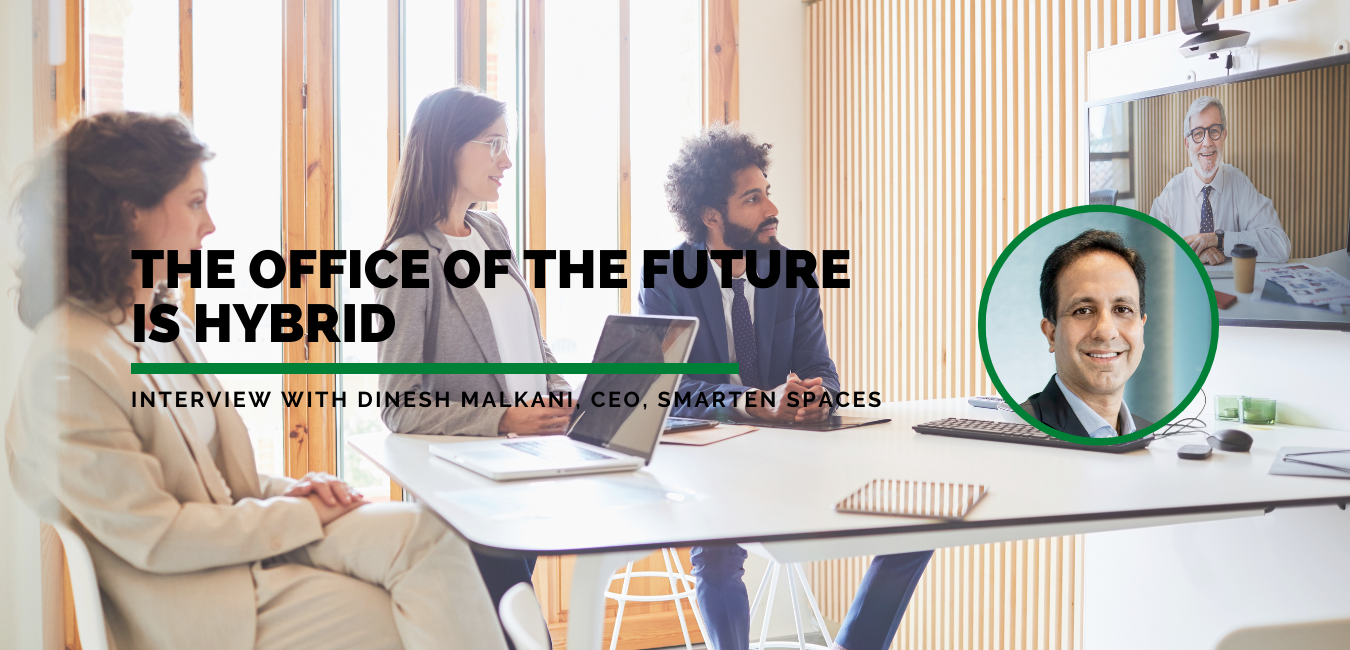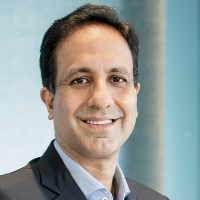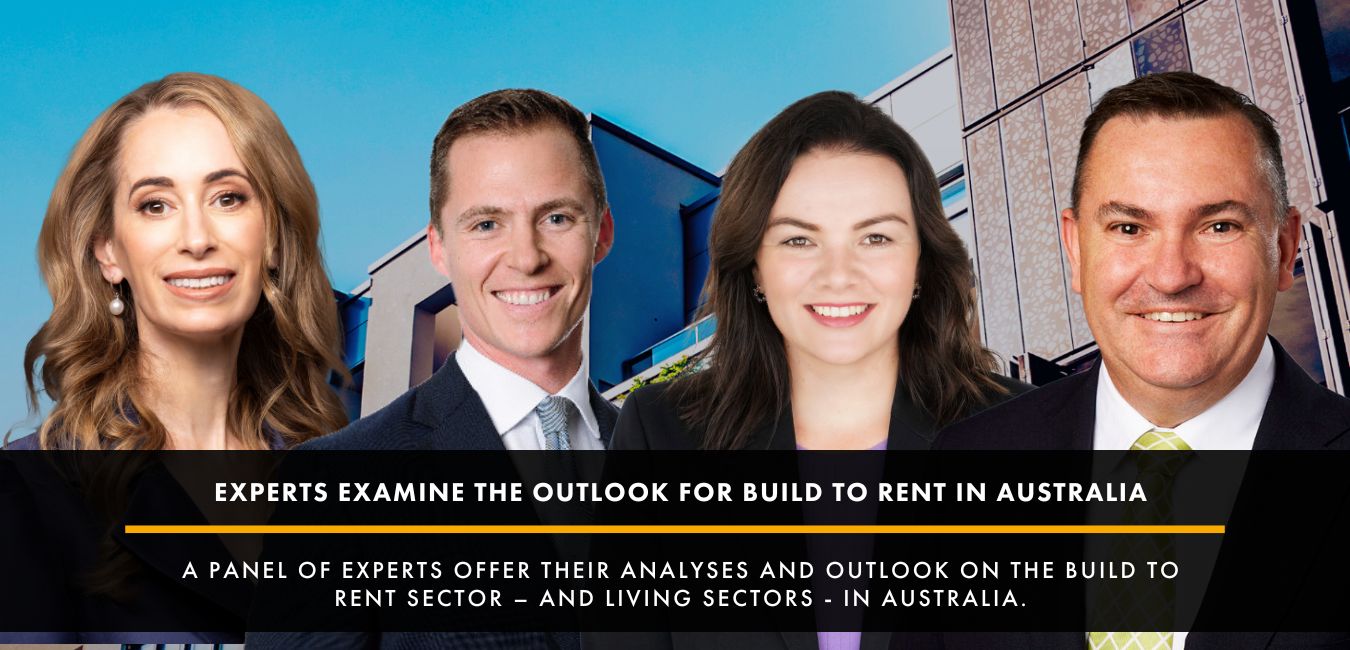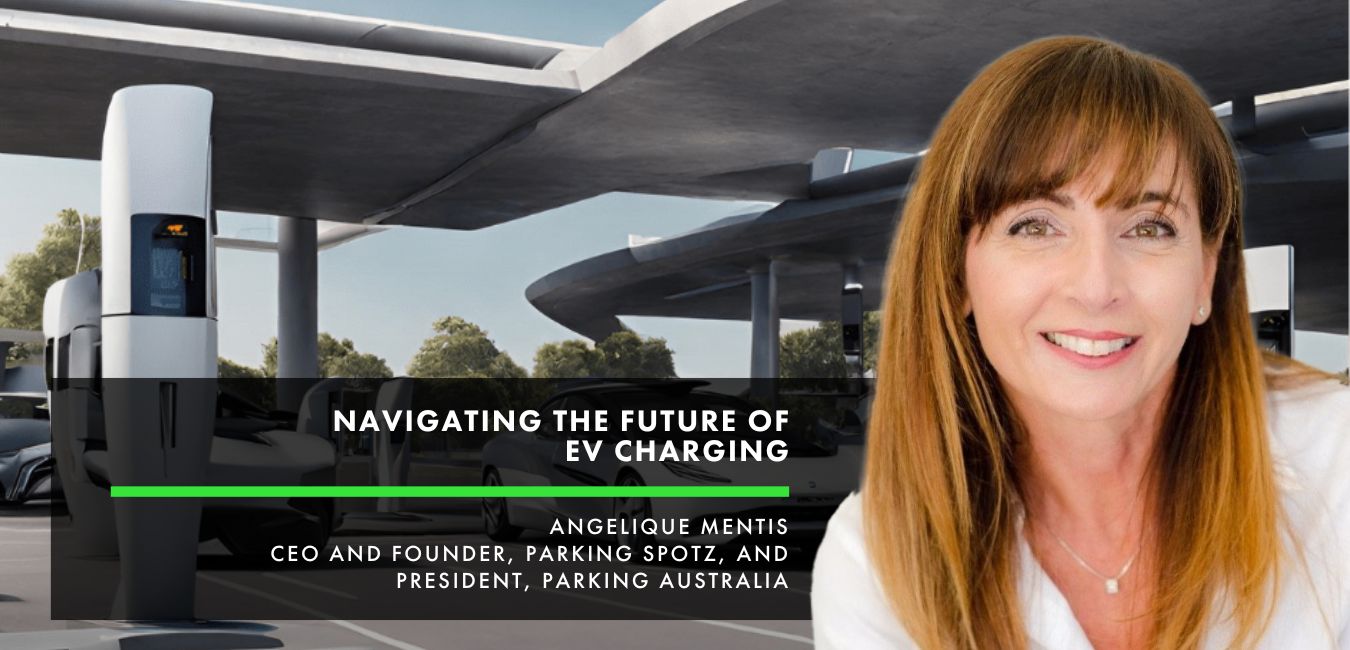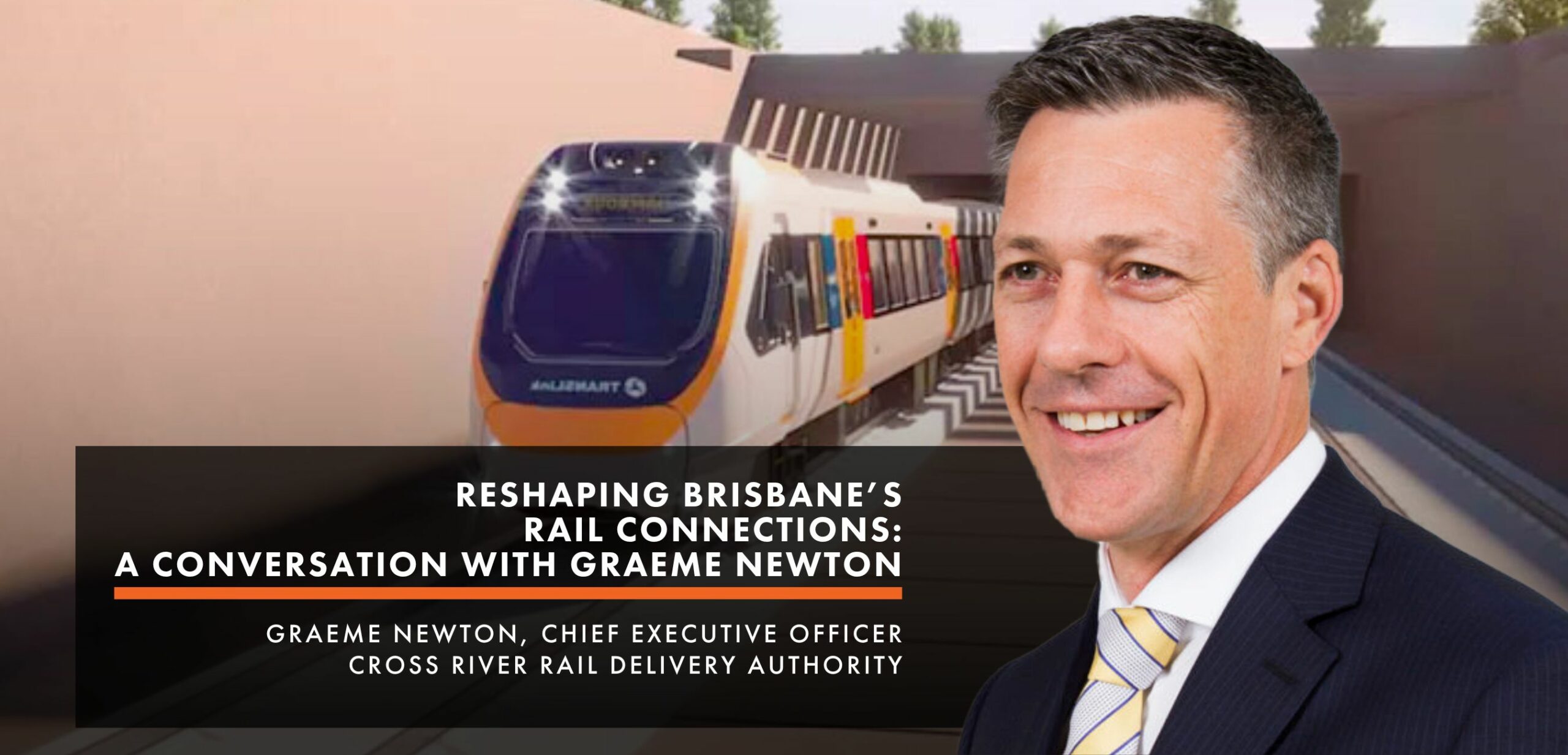Dinesh Malkani is the CEO of Smarten Spaces, a technology platform that helps businesses shift to the new hybrid workplace via an end-to-end solution. Previously in leadership roles at AT&T, Lucent, Avaya, Jabra, and Cisco, Dinesh has global familiarity with the challenges and opportunities in offices. We sat down with Dinesh to talk about what the office should look like and technology’s role in making that office a reality.
FuturePlace: What do you predict the new work schedule will look like?
Dinesh Malkani: It’s in the process of evolution. The majority of companies are going to look at new and innovative ways to make the hybrid model successful. The last nine or ten months of the pandemic allowed companies to give flexibility so that their employees could work from anywhere while also picking and choosing when they’d come to the office. It’ll probably not be as prevalent in manufacturing but generally, it will be the biggest shift and change in the workplace we’ve seen. It just makes sense. If you look at it from a company standpoint, this is a great opportunity. They’ll always have continuity processes in place. They’ll also be able to hire from anywhere in the world so location is no longer a factor, you just have to think about the quality of the talent. Plus, it’ll be an opportunity to cut costs.
FuturePlace: Beyond cutting costs, what impact can a hybrid office have on required space?
DM: Before the pandemic, 100% of space was only used 50-60% of the time. Whenever you walked in, you found half the desks empty. Post pandemic, companies are looking to have 70% of the space but use it 100% of the time. From the employee perspective, a hybrid office offers the ability to balance the need to collaborate with the need to be productive and the need to be flexible. Permanently working from home has a low rating – people want a balance. Hybrid offices are going to be the new normal and it’s already being rapidly adopted.
FP: The challenges of working from home can be really distracting as well as isolating. What are some of the common requests you’re getting from clients?
DM: Up until maybe six months ago, the only focus was safety. Companies wanted to make sure as people came back that they were safe. Vaccines weren’t available so pre-screening, making everything contactless, using social distancing, among others were common requirements. That evolved into, “I want safety, but I also want to introduce flexibility and the ability to roster who comes in on what days. I need to know when teams should come back vs stay at home.” Then it kept growing. Now companies want the ability to select seats and sanitize spaces in a smarter way instead of sanitizing everything every day. With space management, now companies have data; they can predict what employees want via surveys and they can start doing more space planning. That’s how it’s been evolving.
FP: Interesting. So what comes next in the evolution?
DM: If we looked into a crystal ball, six months from now the entire focus will be on doing hybrid. Our customers tell us they want building technology that supports a new culture within a hybrid workplace environment. That’s important. You don’t want to lose the culture of a company.
FP: Speaking of teams and culture, how can technology enable collaboration and improve productivity in the office?
DM: When you can get the right person at the right time in the right place at the right cost, you have a successful hybrid model. If you’re working from home, you feel a little isolated, right? Then when you get back in the office, it may be the same feeling because your teammates aren’t there. That doesn’t work. Technology can ensure that the right people are grouped together so there’s an opportunity for collaboration. In the past, the workplace was in one silo and HR was in another but getting them together is super critical and you can do that through technology. Together they can make educated decisions on what teams go where and what it looks like.
FP: That reminds me that recommendations for health and safety keep changing. How can software keep up with these so offices are safe?
DM: When the pandemic broke out, people would take a tape measure and measure the distance between seats. Then they realized that each seat needed to be measured against eight other seats and when the distance changes, you have to do it all over again. That’s a lot of work and a lot of math. With AI, we can do this with much more ease. We first identify all the seats that need to be turned off; they don’t necessarily have to be right next to each other as they could still be two meters apart. It depends on the configuration and software does a really good job there. Then it’s important to know which seats are available. We’re maintaining occupancy by areas, floors, and buildings. We’ve done it for entire buildings before and then a bunch of people showed up on one floor. That was not a good thing but our software can maintain safe occupancy across every space.
FP: What about using technology for contact tracing?
DM: Honestly, people are a little skeptical about being tracked. However, the ability to know who is around you and who’s in the meeting is useful. Our clients do this through booking systems and use sensors for check-in and check-out.
FP: You’ve touched on this a bit already with the interaction of software and hardware, but what would a well-prepared office look like so that it’s ready for hybrid?
DM: If you look at the investment in hardware, it can be pretty high. It can be 75% of the cost of a project because you need to deploy sensors. If you look at the average annual per square foot cost or what it is for one desk, it’s pretty significant. In Australia, it could be $20,000-45,000 a year with rising rental and cleaning costs. You have to weigh out what the ROI is going to be and the combination of hardware and software gives you the perfect solution. For one, it’s seamless with the employee because as soon as they come in, they’re checked into their desk and then software takes data from the sensors. This data is analyzed to make occupancy recommendations. The combination of the two types of technology will help with the shift to hybrid and I think it pays for itself.
FP: What other dynamics are impacting the office environment?
DM: We’re moving from a world of fixed spaces and fixed desks to a world of hybrid and flexibility. There’s a lot of dynamics at play: teams, departments, spaces, locations and everything else. The market is shifting towards using AI for recommendations. These recommendations could change every day or every week and we’re doing research here to train our engines. There’s an opportunity to make a difference here. The other thing is about health in buildings. People feel safe at home because they manage and control the environment. Why can’t the workplace be like that? Why can’t the workplace have a healthier environment than what you have at home? After all we’ve been through, it’s not a flip of the switch. The answer is beyond just hardware and software.
FP: It seems we’re moving in the right direction. How does the pace of evolution compare globally?
DM: It’s fairly universal now and there’s a very strong imperative. Sydney, Melbourne, Singapore, Shanghai… people are going full throttle but it’s for different reasons in different areas. In Australia, we’ve seen our business take off and it’s been a quick adopter. Asia is moving at a different pace. Eventually, wherever there is density, hybrid will move faster there. Before the pandemic, we were in a few countries and now we’re selling to 50 cities around the world in 16 countries. Hybrid is such an effective way of doing business. Why do you have to travel to the office all of the time to make one meeting? Hybrid is going to be the new normal.
Future of Office Space Summit
Dinesh will be speaking at our upcoming Future of Office Space Summit, taking place from 17-18 February 2021. Get insights from technology & innovation leaders, tenant & workplace experience experts, property fund managers and industry thought leaders.

